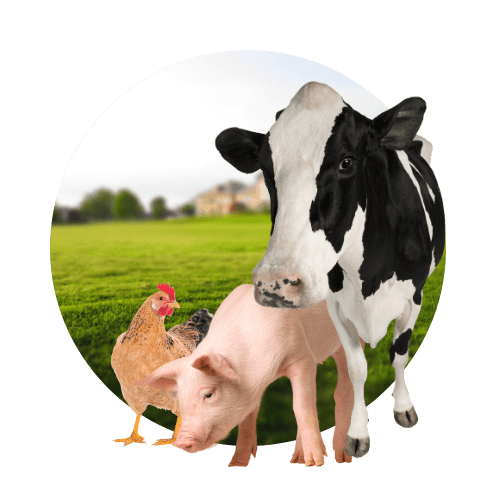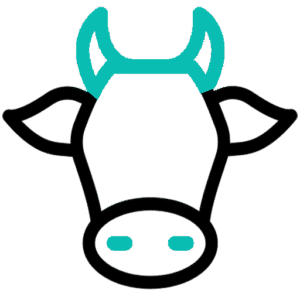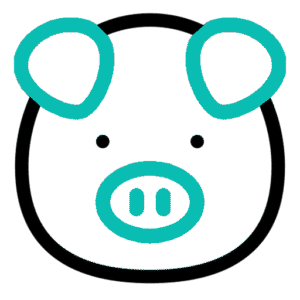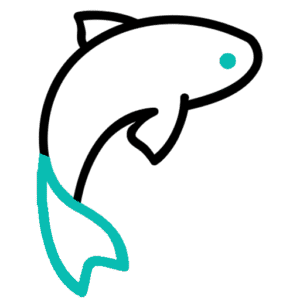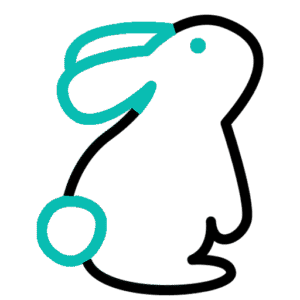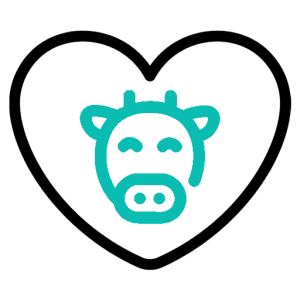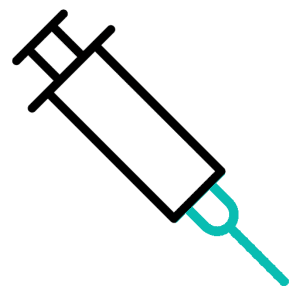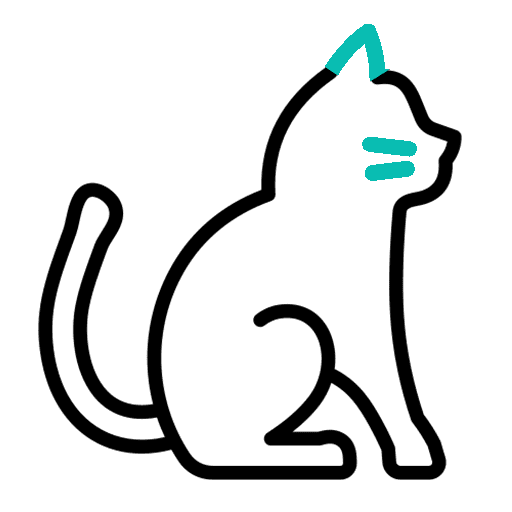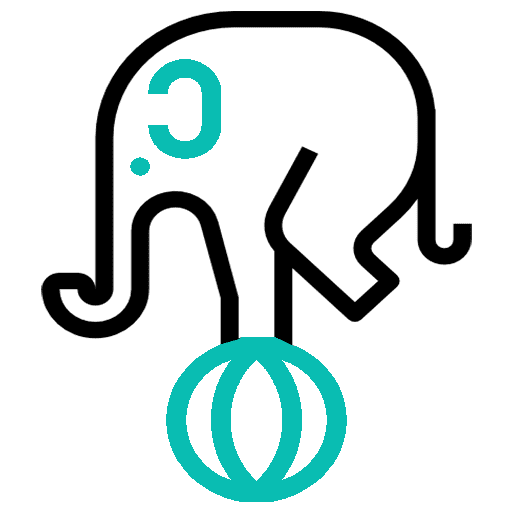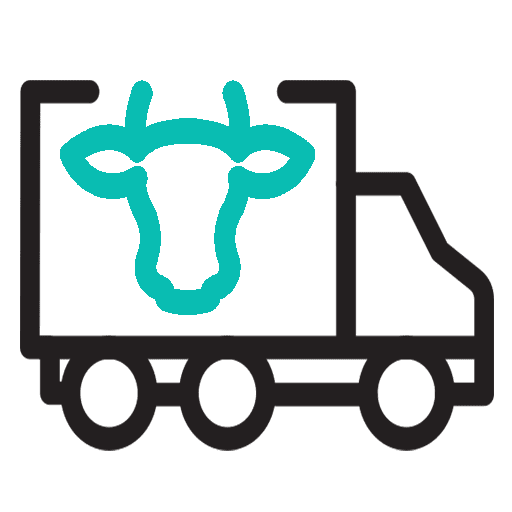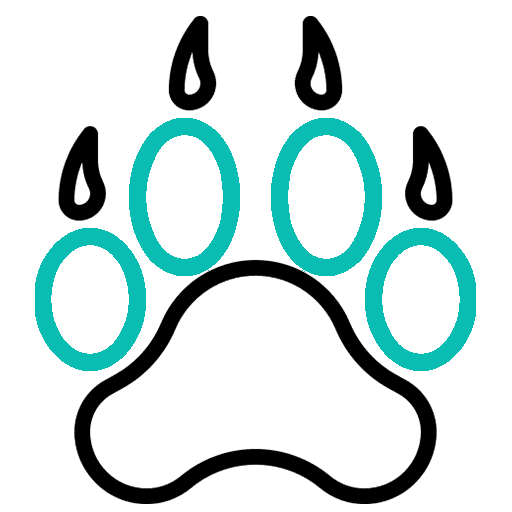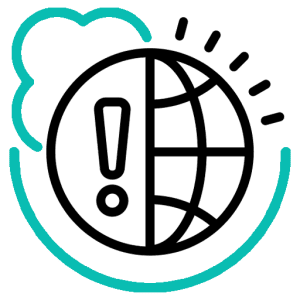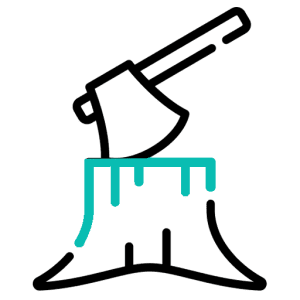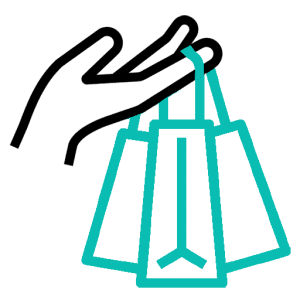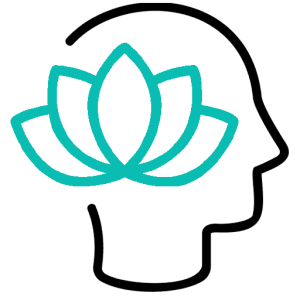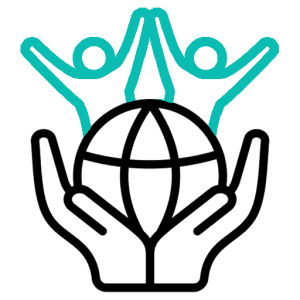Although hunting was once a vital part of human survival, especially 100,000 years ago when early humans relied on hunting for food, its role today is drastically different. In modern society, hunting has become primarily a violent recreational activity rather than a necessity for sustenance. For the vast majority of hunters, it is no longer a means of survival but a form of entertainment that often involves unnecessary harm to animals. The motivations behind contemporary hunting are typically driven by personal enjoyment, the pursuit of trophies, or the desire to participate in an age-old tradition, rather than the need for food.
In fact, hunting has had devastating effects on animal populations across the globe. It has contributed significantly to the extinction of various species, with notable examples including the Tasmanian tiger and the great auk, whose populations were decimated by hunting practices. These tragic extinctions are stark reminders of the destructive impact that human hunting has had on the planet’s biodiversity.
Despite the fact that only about 4 percent of the U.S. population, or 14.4 million people, engage in hunting, the practice remains widely permitted in many protected areas, including wildlife refuges, national forests, and state parks, as well as on other public lands. This allowance for hunting in public spaces is troubling, given the negative consequences it has for wildlife and ecosystems. Each year, approximately 35 percent of hunters target and often kill or wound millions of animals on public land, and while this figure represents legal hunting, it is widely acknowledged that poaching exacerbates the problem. Poachers, who operate illegally, are estimated to kill just as many, if not more, animals as licensed hunters, contributing to the ongoing threat to wildlife populations.
The continuation of hunting in these areas raises important ethical questions. Should such activities, which contribute to the suffering and decline of animal populations, still be allowed in lands that are meant to protect nature? The reality is that hunting, once crucial for survival, has evolved into a harmful and unnecessary practice that negatively impacts wildlife and the delicate balance of ecosystems.
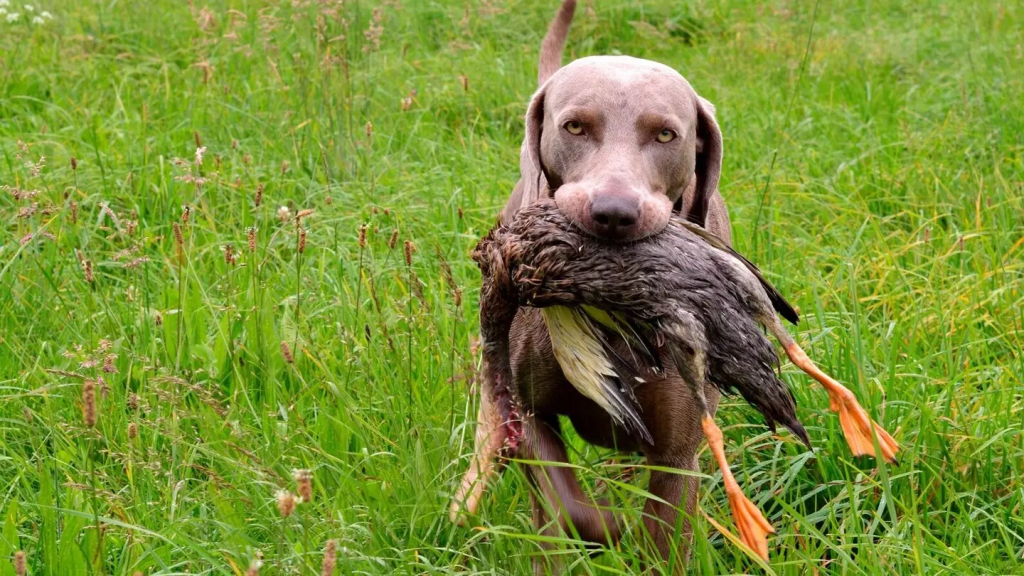
Unseen Suffering: The Hidden Pain of Wounded Animals in Hunting
Pain and suffering are often the unfortunate outcomes for animals who are shot by hunters but not immediately killed. Many animals endure prolonged, agonizing deaths as a result of being injured and left behind by hunters who fail to recover them. For example, a study involving 80 radio-collared white-tailed deer revealed that 22 deer were shot with traditional archery equipment, but 11 of them were wounded without being killed. These animals did not receive the mercy of a quick death and instead suffered from their injuries for extended periods. Unfortunately, many of these wounded animals are never found or helped, and their injuries continue to cause them immense pain and distress as they attempt to survive in the wild.
This prolonged suffering is not an isolated case. In fact, it is a widespread issue that affects numerous species. Foxes, for example, have a particularly high chance of being left wounded by hunters. A staggering 20 percent of foxes that are shot by hunters are left injured and shot again, further exacerbating their suffering. Tragically, only about 10 percent of these foxes manage to escape their injuries, but for the majority, the outcome is bleak. Many of the survivors face an agonizing fate: starvation. According to veterinarians, the wounds inflicted by hunting often make it impossible for these animals to hunt or forage for food effectively, leaving them vulnerable to starvation and slow, painful death.
These examples illustrate the cruel reality faced by many animals who become victims of hunting. The pain and suffering caused by hunting accidents often go unnoticed, as hunters may not be aware of the long-lasting effects of their actions. Even though some animals are not immediately killed, their experiences of pain, trauma, and eventual death should serve as a stark reminder of the inherent cruelty of hunting as a recreational activity. The suffering endured by these animals is not just a brief moment of distress; it can stretch on for days or even weeks before the animal finally succumbs to its injuries, a fate that is both unnecessary and tragic.
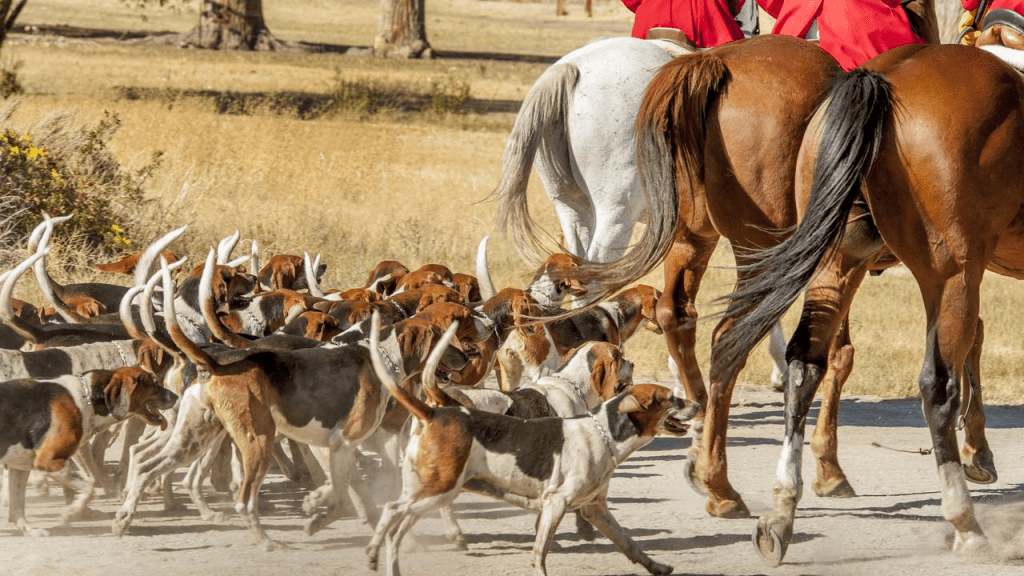
Nature’s Perfect Balance: Why Hunting Disrupts Ecosystem Harmony
Nature has developed its own systems to maintain ecological balance over millennia. Every species, from predators to prey, plays a vital role in ensuring the health of ecosystems. Predators, for example, naturally cull the sick, weak, or elderly individuals from prey populations, thereby strengthening the gene pool of those species. This natural process allows populations to remain robust and capable of adapting to changing environments. When left undisturbed, ecosystems can thrive and self-regulate in a harmonious balance that sustains the survival of all species.
Hunting, however, disrupts this delicate balance. Instead of focusing on the sickest or weakest individuals, hunters often target the strongest, most capable animals—those that would contribute to the overall health and vitality of their species. By removing these individuals from the population, hunting undermines the natural process of selection and weakens the gene pool, making species more vulnerable to disease and environmental changes. The consequences of such disruption can be devastating, leading to declines in populations and even the extinction of certain species.
In addition, when natural events cause overpopulation, nature has its own ways of controlling numbers. Overpopulation can lead to food shortages, which in turn causes starvation, or it can lead to the spread of disease. While these occurrences can be tragic, they are nature’s mechanisms for ensuring that only the healthiest animals survive, thus strengthening the overall population. In contrast, human interference through hunting eliminates the natural process of population control, often removing healthy individuals without regard for the long-term impact on the species and the ecosystem.
Another major concern with hunting is the introduction of non-native species as “game” animals. These exotic species, introduced for the sole purpose of hunting, can escape into the wild and pose significant threats to native wildlife. They can disrupt food chains, outcompete indigenous species for resources, and introduce diseases to which native species have no immunity. The result is a profound and lasting impact on the native ecosystem, threatening biodiversity and the health of the environment.
Ultimately, when humans interfere with the natural order through hunting, they risk undermining the very systems that have evolved to maintain balance and sustain life on Earth. The solution lies in respecting nature’s processes and allowing wildlife to thrive without the harmful impact of unnecessary human intervention.
Canned Cruelty: The Inhumane Reality of For-Profit Hunting Reserves
Canned hunting, a practice that takes place predominantly on private lands, is one of the most disturbing forms of animal exploitation. These for-profit hunting reserves, or game ranches, are often created specifically for the purpose of offering wealthy hunters the opportunity to kill animals for sport. Unlike traditional hunting, where animals roam freely in the wild, canned hunts are staged in controlled environments, where the animals have little to no chance of escaping or avoiding the hunters.
In a canned hunt, the animals—often native species or exotic animals—are confined to a relatively small area of land, sometimes even within enclosures, making it almost impossible for them to escape. The animals are typically bred for the sole purpose of being hunted, and the entire process is designed to ensure that the hunter is successful. These hunts are often promoted as a form of “sport” hunting, but they are anything but sporting. Instead, they are an easy, guaranteed kill for the hunter, and a cruel and unnecessary death for the animal.
The animals used in canned hunts are often subjected to terrible conditions before they are hunted. Many are raised in captivity, deprived of natural behaviors, and treated as commodities rather than living, feeling creatures. The experience is traumatizing for the animals, who are often stressed, malnourished, and subjected to cruel treatment in the lead-up to their deaths. Once killed, the hunters may take the animals’ trophies—such as their heads, skins, or horns—as souvenirs, further dehumanizing the animals and reducing them to mere trophies.
The practice of canned hunting is particularly insidious because it often involves the slaughter of endangered or threatened species. The desire to kill these rare animals is driven by the high status and prestige associated with hunting such creatures, and the animals are often lured into these situations through baiting or the deprivation of food and water. The fact that hunters pay large sums of money to kill these animals only perpetuates the cruel cycle of exploitation and profit-driven cruelty.
Moreover, the animals used in these hunts are not just victims of direct harm; they also play a part in the degradation of entire ecosystems. Removing these animals from their natural environments disrupts local wildlife populations and can result in imbalances that harm the broader ecosystem.
In summary, canned hunting represents the ultimate form of animal cruelty—where hunting is no longer about skill or survival, but a premeditated, profit-driven slaughter of animals who stand no chance against armed hunters. The practice is an abhorrent form of exploitation that devalues the lives of animals and damages the sanctity of wildlife conservation efforts. Ending canned hunts is crucial in the fight to protect animals and restore balance to ecosystems.
Other Victims: The Ripple Effect of Hunting Accidents and Collateral Damage
While much of the focus in discussions about hunting centers on the direct victims—such as the animals targeted for sport—there are many other innocent victims of this violent activity. Hunting accidents are common, and the collateral damage extends far beyond the intended prey. Property is often damaged during hunting expeditions, and countless animals and even humans find themselves caught in the crossfire, suffering injury or death as a result.

One of the most heartbreaking consequences of hunting is the unintended harm it causes to domesticated animals. Horses, cows, dogs, and cats can be accidentally shot or injured during hunting expeditions. These animals, often pets or livestock, may wander into hunting areas or be caught in the line of fire, leading to traumatic injuries or death. In some cases, hunters might mistake a dog for a wild animal, leading to fatal shootings. The emotional toll on the animal’s owners is profound, as they lose beloved pets and companions due to carelessness or negligence on the part of hunters.
Hikers and outdoor enthusiasts are also at risk in areas where hunting is prevalent. People who venture into forests, parks, and nature reserves for recreation are often unaware that hunting is taking place nearby. Hunting accidents, such as stray bullets or misfires, can lead to life-threatening injuries or even death. These risks extend not only to people who are actively in the wilderness but also to families, children, and pets enjoying nature’s beauty.
Dogs, in particular, face significant risks during hunting activities, especially when they are used to track or chase game. In many hunts—particularly in illegal or unethical ones—dogs are employed to chase, trap, or even bring down large prey like bears, cougars, and deer. While the dogs may be trained for these tasks, they are often subjected to dangerous conditions and can suffer injury or death in the process. In the case of illegal hunts, where there is less oversight, animals may be subjected to extreme cruelty and physical harm as they are forced to track down animals that are already being harassed or injured.
In addition to the risks posed to animals and people, hunting also places tremendous stress on ecosystems. When animals such as bears, foxes, or deer are chased by dogs or hunters, they may be forced to flee from their natural habitats, disturbing local wildlife and disrupting the balance of the ecosystem. The trauma experienced by these animals can have long-lasting effects on their health and survival, and even lead to the destabilization of local populations.
Ultimately, hunting accidents highlight the broader issues with this so-called “sport.” The harm it inflicts goes beyond the immediate victims, reaching into the lives of animals, families, and even nature itself. It is a reminder of the indiscriminate nature of hunting and the many layers of suffering it causes to those who are often forgotten—the animals and people who aren’t the intended targets, but who suffer nonetheless. The repercussions of hunting are far-reaching, and as long as this practice continues, more innocent victims will be caught in the crossfire.
What You Can Do: Taking Action Against the Cruelty of Hunting
If you’re concerned about hunting cruelty, there are many ways you can make a difference. Each action, no matter how small, can help protect animals and reduce harm caused by hunting. Here’s how you can contribute:
1. Advocate for Stronger Legislation
Support laws that limit unethical hunting practices, such as canned hunts and trophy hunting. Contact lawmakers to push for stricter wildlife protection regulations and enforcement.
2. Support Wildlife Protection Organizations
Donate, volunteer, or spread awareness about groups like the Humane Society and National Wildlife Federation, which work to protect wildlife and end harmful hunting practices.
3. Educate Yourself and Others
Learn about the negative impacts of hunting and share this knowledge with others. Social media is a great platform for spreading awareness and encouraging change.
4. Choose Ethical Alternatives
Try wildlife photography, birdwatching, or hiking in protected areas instead of hunting. Support sanctuaries and wildlife refuges that prioritize animal care and conservation.
5. Boycott Hunting-Related Businesses
Avoid businesses that promote hunting, such as those selling hunting gear or offering hunting tours. Your purchasing choices send a message about your stance on hunting.
6. Support Sustainable Wildlife Conservation
Back initiatives that focus on preserving wildlife and ecosystems without hunting, such as habitat restoration and anti-poaching efforts.
7. Practice Compassionate Tourism
Choose ethical wildlife tourism destinations, such as wildlife reserves and national parks, which prioritize animal protection and conservation over hunting.
8. Get Involved in Local Advocacy
Join local wildlife protection movements, participate in rallies and campaigns, and work with lawmakers to raise awareness about the importance of protecting animals.
9. Speak Out Against Trophy Hunting and Canned Hunts
Raise awareness about the cruelty of trophy hunting and canned hunts. Speak out through social media, writing to representatives, or participating in protests to end these practices.
By taking these actions, you can help reduce hunting cruelty and contribute to a world where animals are respected and protected. Every effort counts in the fight for animal welfare.



